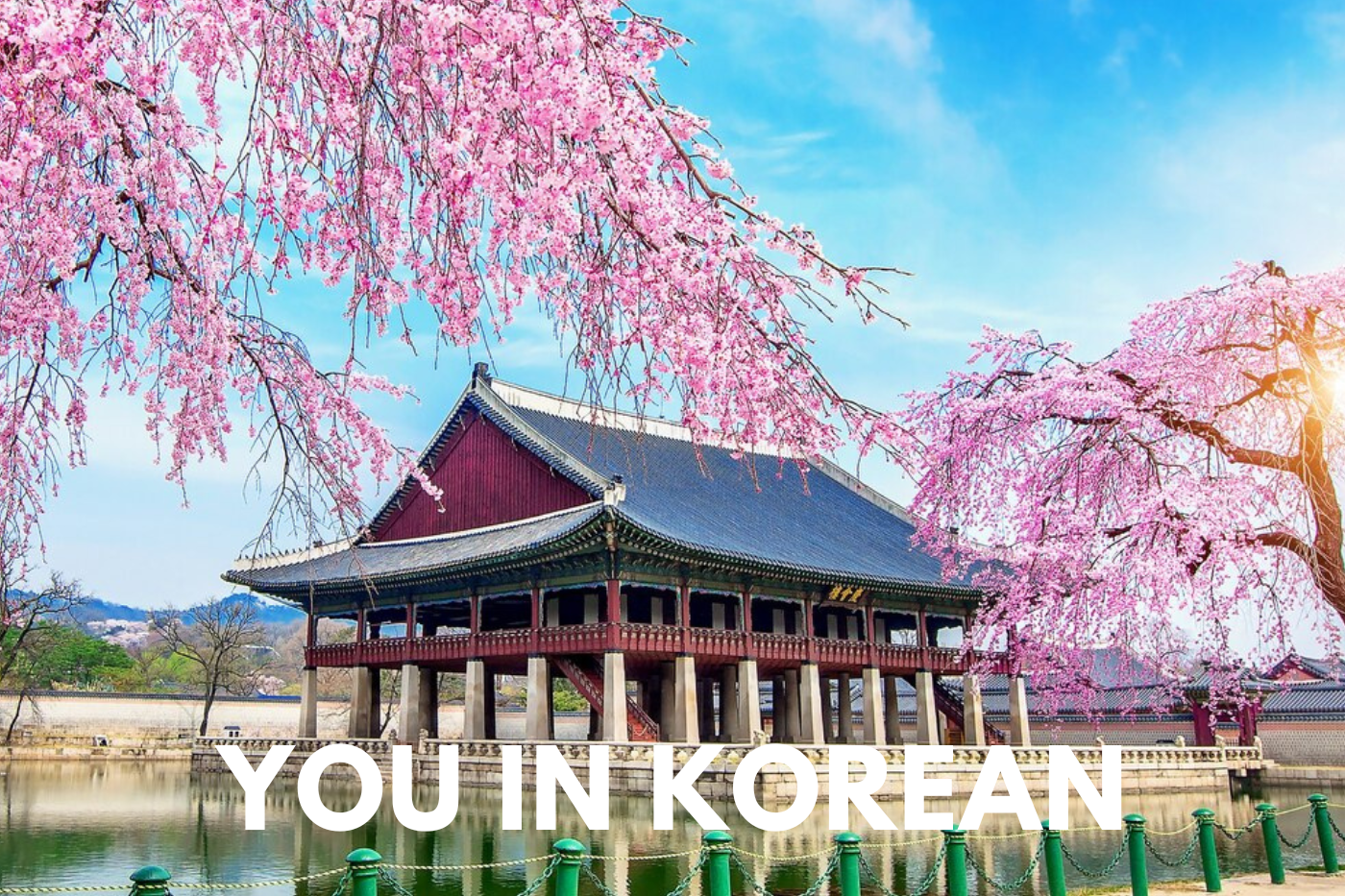The concept of using the pronoun you in Korean culture and language has nuances that are unfamiliar to English-speaking speakers. We’ll explore the different forms and contexts in which “you” is used in Korean.
Korean Personal Pronouns
In everyday conversations, Korean is less dependent on pronouns than English. Speakers often avoid pronouns when context is obvious. When pronouns appear, however, they are a reflection of the formality and relationship between the speaker, the listener as well as their own.
Informal “You” vs. You can use “you” in an informal way.
When addressing someone with a higher social status or in formal situations, Koreans will use “dangsin”, which is pronounced “you”. In casual settings, “dangsin,” however, can sound overly direct and even confrontational.
Casual “You”
The pronoun “neo”, or “neo”, is often used in informal settings with peers and people of similar social status. The “neo”, which is a more intimate and relaxed pronoun, can be used for family or close friends.
You can use the plural form “you”
Korean distinguishes also between the singular and plural form of you in Korean. If you are addressing a large group, either “neohyi (neohui), or “dangsindeul (dangsindeul),” is appropriate, according to the formality.
Respect and Politeness
In Korean culture, politeness and respect are valued highly. It’s safer to err towards formality when uncertain about the pronouns to use. This is especially true for elders and those who are in authority.
Social Context
Pronouns can be chosen based on social context or relationship dynamics. To avoid accidentally offending someone, it’s important to consider their age and status.
Salutations
Common Korean greetings such as “annyeonghaseyo?” (annyeonghaseyo?) How are you? or “jal jinaesseoyo?” (jal jinaesseoyo?) Meaning “Have You Been Well?” The pronoun you is often used implicitly.
Expression of Emotions
Indirectly, “you” can be used to express affection or concern. The words “saranghaeyo”, “thank you” and “gomaweoyo”, which mean “I love” are directed at the recipient.
Conclusion
It is important to understand the subtleties of using the you in Korean pronounce for cultural awareness and effective communication. Learners of Korean will be able to navigate social situations with more confidence and respect if they are able to recognize the different forms and contexts for “you”.
FAQs
What is the correct way to say “dangsin?” in a normal conversation?
Although “dangsin'” is acceptable in formal situations, you should avoid using it in informal conversations as it can come off as confrontational or too direct.
What does “neo-” mean?
In general, it’s best to save “neo”, or the use of that term for those who are close friends with you. When you first meet someone, use more formal words until you can gauge your level of comfort.
What is the correct way to address a large group in Korean?
You can address a large group informally by using “dangsindeul”, “neohyi”, or both, depending on the situation. It is common to address a group informally without using any pronouns.
Does Korean have gender specific pronouns?
Korean has no gender-specific pronouns, unlike English. Honorifics and context convey formality and respect.
What can I do if my pronoun choice accidentally offends someone?
You should apologize and explain your intentions if you accidentally offend someone. Since Koreans value humility and respect, a sincere apology is often enough to clear up misunderstandings.
